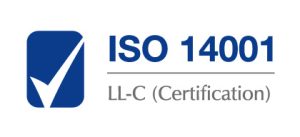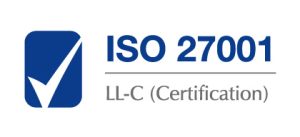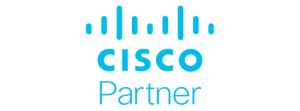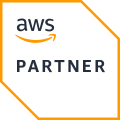The demand for modern workspaces and concepts is rising with increasing digitization. Not only in large companies but also in smaller and medium-sized businesses, employees are increasingly demanding modern and flexible working conditions. This involves much more than just a laptop for decentralized working, but also the question of how companies should structure their processes, working hours, and work locations. And how they can adapt their IT infrastructure to these new circumstances. Because one thing is clear: the crisis has shown that decentralized working works and your employees will continue to demand it in the future.
So what challenges are you facing as a company? And what aspects should you consider when setting up a Modern Workplace?
Mobile Working & Cloudification
Decentralized, mobile working requires a lot of groundwork from the leadership team. It is not enough to allow employees to work from home and hope for the best. Rather, you need a holistic strategy for infrastructure and data provision here. What devices will be used in the future? How can the availability of data and applications be ensured? And in particular: How can you ensure that your employees always have access to the same, up-to-date data?
Especially enterprise-wide systems such as ERP or CRM must be accessible from anywhere—and also always provide an up-to-date and identical set of data. Because only complete information can lead to informed decisions that move your business forward.
The need for a cloud platform–regardless of whether private or public cloud–has already been recognized by large, global companies in particular. At the very least, hybrid environments can be found there, often still with isolated on-premises solutions. However, there are still a few things you need to consider for a final move to the cloud. Because not all clouds are the same. The large, mostly American providers have very different concepts so that a diverse cloud landscape can again bring compatibility problems. A switch between individual providers can thus quickly become a complex new project.
Among the large public cloud providers, Microsoft Azure, Amazon Web Services (AWS), and Google Cloud are the leaders. However, it is worth comparing the services here, because not every cloud is suitable for every use case. Also, you should consider which service model best fits your business plan: IaaS, SaaS, DaaS, FaaS, PaaS, or StaaS. Therefore, it may make sense to look not only at the big three but also at smaller cloud providers, especially in the European region.
Communication & Collaboration
Unified data that can be accessed from anywhere is a critical component to your business growth. However, this alone is of no use if your employees are not connected. Long-term business concepts and strategies require collaborative creativity–and this can only come from communication. That’s why you need to make sure your employees are connected across departments–no matter where they’re working from. And that’s just as quick, easy, and effective as the short exchange on-site in the office. You need virtual spaces that open up not only productive exchange but also the creative space that a chat at the coffee machine, for example, creates.
All this can only succeed if you plan an effective communication strategy with the right tools. You need to ask yourself which functions your communication and collaboration software must fulfill to enable smooth work processes. And in the long term, it strengthens employee satisfaction and employer branding. After all, decentralized teams—especially when departments operate in silos—may tend to lose their sense of belonging. This not only impacts your individual employee’s productivity but also your reputation as an employer and business partner.
For more thoughts on implementing or expanding a Communication & Collaboration Suite, check out our blog post on the Microsoft 365 Suite.
Security of a Modern Workplace
Remote work brings new challenges to your IT landscape, particularly in the area of security. Now that employees are accessing your systems from outside–from often unprotected private or public networks—you need to secure them more. Compliance, GDPR compliance, and data security against phishing and malware attacks are important pillars on which your business stands. Securing your IT systems is particularly about identity protection for your employees. After all, the human factor is the greatest risk to your network. They can be easily manipulated, tricked, or simply taken by surprise. That’s why sensible identity and access management and strong multifactor authentication are no longer optional—they’re mandatory.
As you can see, Modern Workplace is more than just remote work–meaning working for home or on business trips. It’s a comprehensive strategic concept that takes into account both your employees and your IT landscape. For a strong and successful future, you need a comprehensive and holistic digitization strategy to remain competitive as a business partner and employer.





